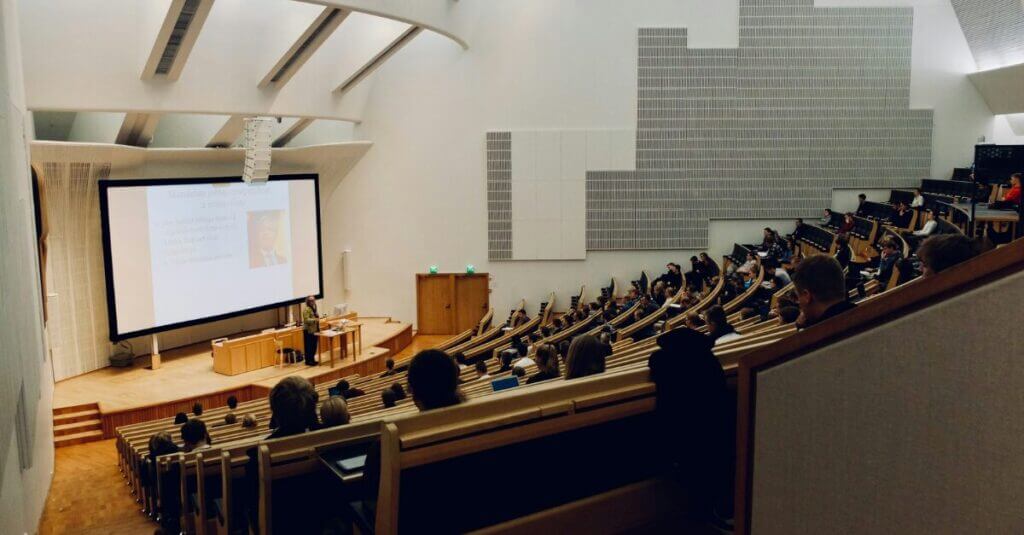How Carnegie Classification Updates Could Affect State Higher Education Policy

This is an excerpt by Mushtaq Gunja and Sara Gast of the Carnegie Classifications on Higher Education. For the full article, visit acenet.edu.
Since 1973, the Carnegie Classification of Institutions of Higher Education has served as the predominant framework to classify American colleges and universities. It was originally created for researchers as a way of organizing the higher education sector, but since the release over 50 years ago, the classifications have informed many policies, reporting structures and benchmarking tools. These policies, structures and tools will likely be affected by changes to the classifications starting in 2025.
Since these classifications have influence on institutional behavior and policies that govern higher education, the American Council on Education and the Carnegie Foundation have engaged institutional leaders, policymakers, organization leaders, reporters and other key stakeholders who interact with the classifications to consider updates over the past two years. In these conversations, we heard countless examples of how the classifications are baked into state and federal policy.
March 12, 2024
At this year’s Carnegie Foundation Summit on Improvement in Education, XQ Institute, a 2024 sponsor, is leading the charge in transforming the educational landscape with two exciting, dynamic sessions. Reimagining High School: Watch, Lunch, and Learn is a standout session where attendees are treated to a special screening of The…
March 31, 2024
While the value of a college degree is increasingly scrutinized in the public arena, it remains undeniable that a postsecondary education is a powerful lever for achieving social and economic mobility in the United States.







